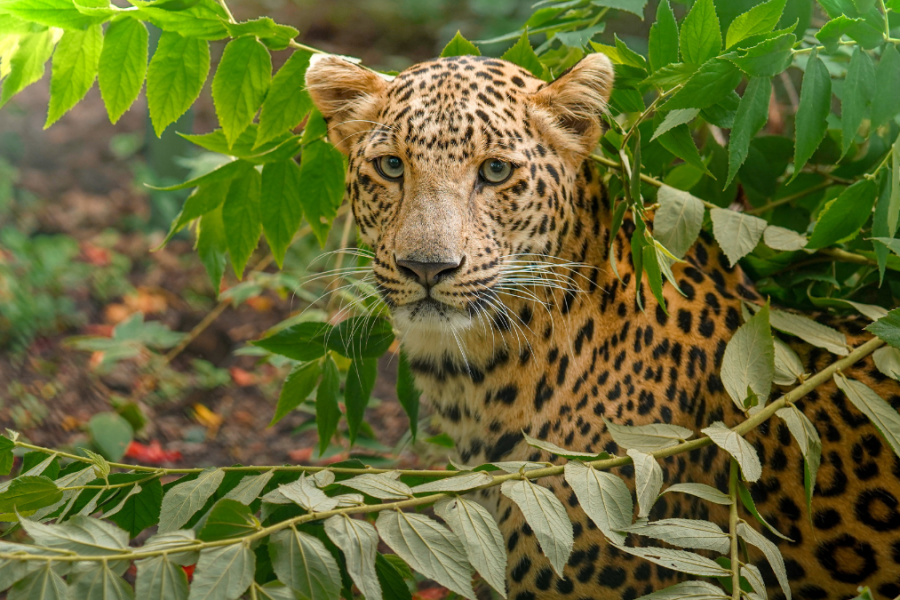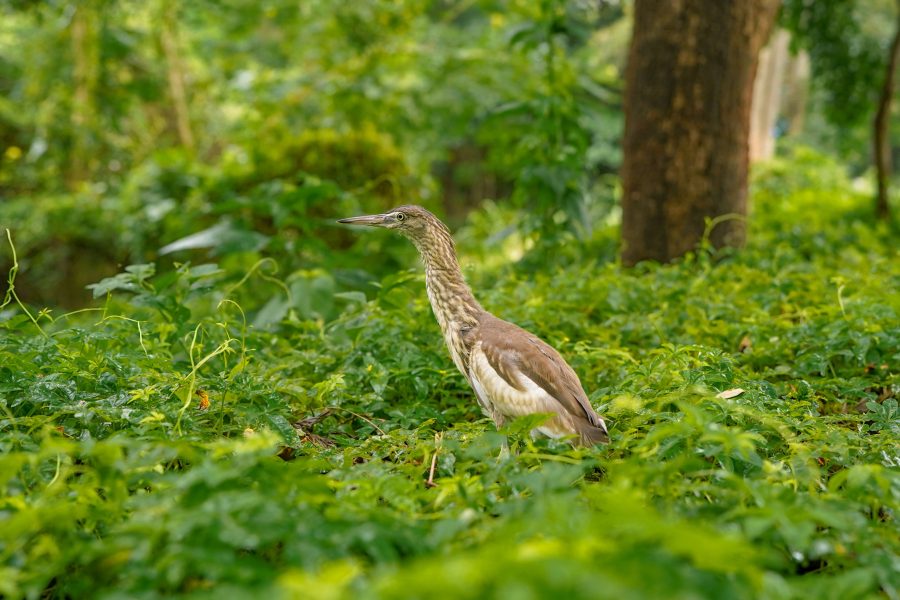Wildlife conservation work is fraught with hazards. Not only is it a job very much dependent on external funding, it is also a challenge to navigate through the hazy perimeters of bureaucracy, and there are always chances of failure of attempts at rehabilitation or rescue operations going awry. One of the hardest things, however, is to put your best into healing animals and fearing the worst or that the result would not be good enough. Our team at Manikdoh Leopard Rescue Centre (MLRC) has faced such difficult situations twice in the last year.
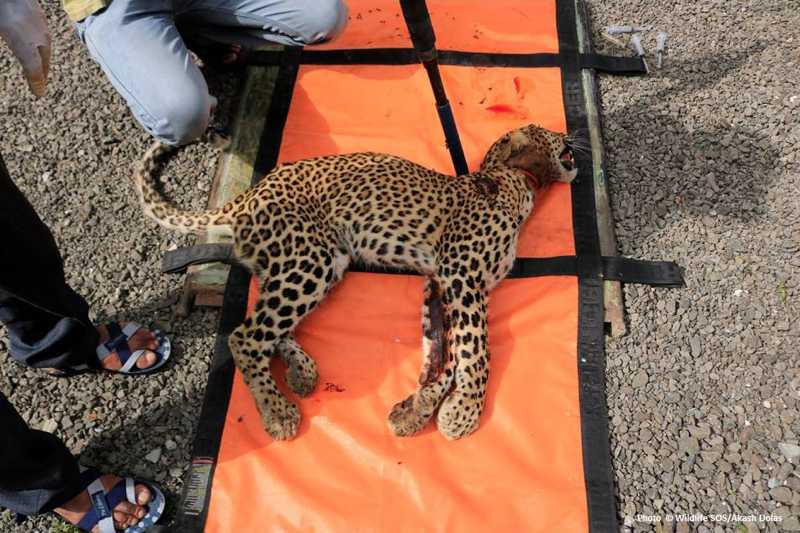
In the month of July, the Forest department in Sangamner, Maharashtra was informed by local villagers of the presence of a badly mauled young leopard in the forest skirting their farms. The Forest department brought the leopard to MLRC where resident senior veterinarian Dr Ajay Deshmukh rushed to check for injuries. Preliminary examination showed that the leopard had minor head injuries and maggot-infested wounds on the neck region. Judging by the gashes on the neck, it appeared as though it was attacked by another leopard. To make matter worse, the team noticed that the leopard was unable to move his limbs, attributing it to nerve damage.
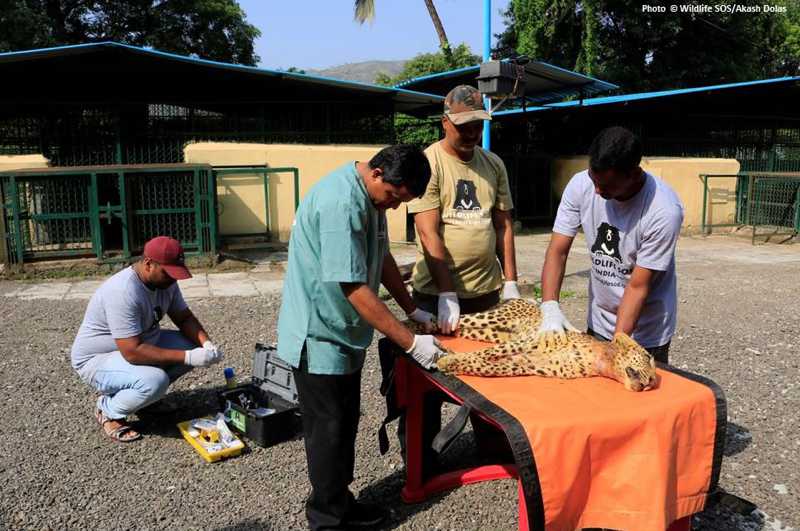
Luckily, having trodden down this path before, our team had a plan in mind. The leopard was placed under long recuperative treatment that involved daily leg massages, physiotherapy, assisted walks and nerve stimulating injections. The road to recovery is filled with setbacks and it can be very exhausting, both emotionally and physically. The young leopard had a long and hard journey ahead of him.
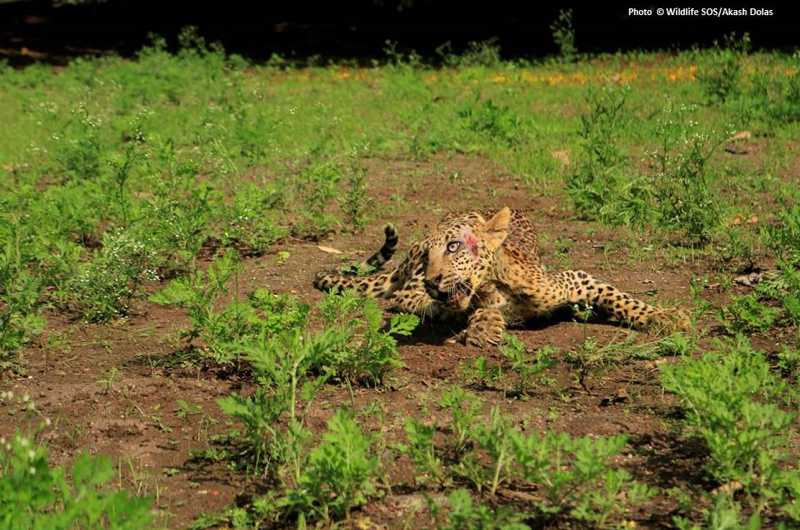
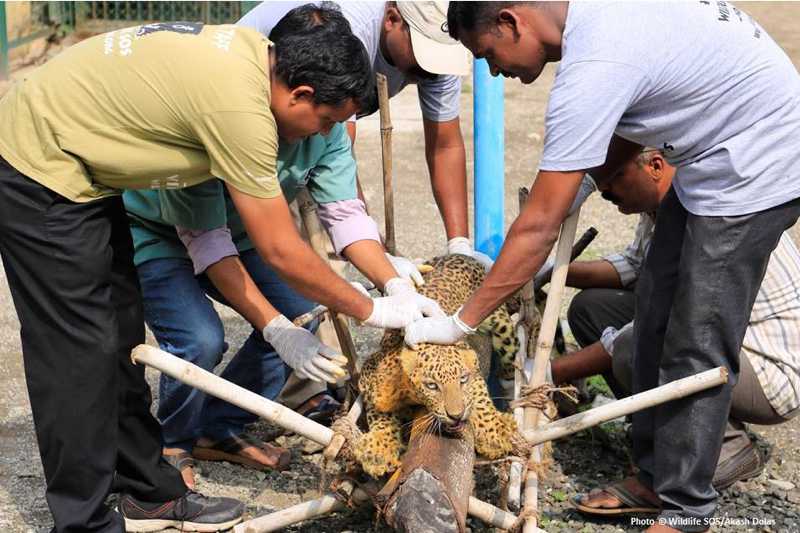
The leopard was given three massages a day and nerve stimulants to accelerate his progress and alleviate the pain. He was also taken on assisted walks, with food used as an incentive. He gradually gained control of his fore limbs while on these assisted walks. Some equipment was also functioned indigenously, like a wooden support structure – which helped the animal sit up straight during -physiotherapy sessions. The equipment was honed after the team had to cope with another similar situation a few months ago with Pari, a female cub who had been found paralyzed after a highway accident. She had been treated by our vets and made a gradual recovery to return successfully to the wild, fit as a fiddle!
Subscribe to Wildlife SOS Email »
Months of intensive treatment eventually paid off and the leopard exhibited outstanding progress by slowly regaining control of his limbs. Once he realized he was getting better, the young feline started refusing assistance from anyone, and started functioning on his own. Dr Deshmukh attributes this to the incredible self-preservation that leopards have and that the team knew what to expect this time around. “The first time we had a paralysed cub at our hands, the whole recuperation project was a trial and error process to see what would help the leopard. This time we knew what we were working with, and had a tested map to follow through,” he adds.
Given a new lease on life, the young leopard was ready to return to the wild and has since been released into a suitable leopard habitat!


